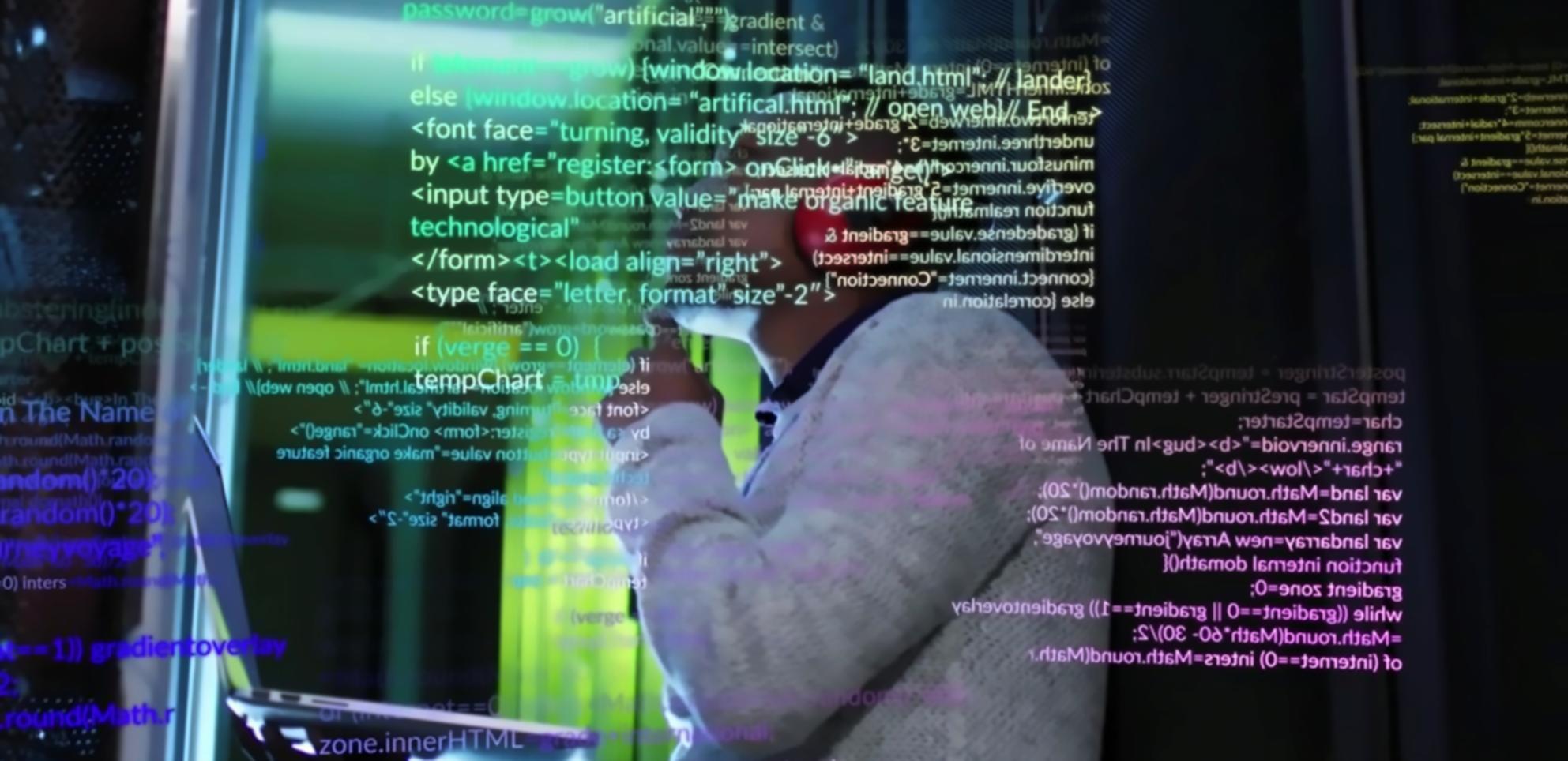Our UAT Process
We've refined our user acceptance testing coordination over eight years of working with Taiwan's tech companies. Each project gets the attention it deserves, with clear steps that keep everyone on the same page.
How We Guide Your Testing Journey
Initial Assessment & Planning
We start by understanding your software, your users, and your goals. This isn't a cookie-cutter approach – we dig into what makes your product unique and identify the critical areas that need testing focus.
Test Case Development
Our team creates detailed test scenarios based on real user workflows. We work closely with your product team to ensure we're testing the right things in the right way, avoiding the common pitfall of testing features that don't matter to actual users.
Execution Coordination
Here's where our experience shows. We manage the entire testing process, keeping track of progress, handling blockers, and making sure your team gets actionable feedback instead of vague complaints.
Results Analysis & Recommendations
We don't just dump a list of bugs on your desk. Our team analyzes patterns, prioritizes issues based on business impact, and provides clear recommendations for what to fix first and what can wait.
What Makes Our Approach Different
Most UAT processes fail because they treat testing like a checklist. We've learned that successful user acceptance testing is about understanding the story your software tells and making sure that story makes sense to real people.
After working with over 200 software teams, we've seen what works and what doesn't. The difference isn't in the tools – it's in how you coordinate the human elements.
- Context-aware test planning that reflects actual user behavior
- Clear communication protocols that keep stakeholders informed
- Flexible execution that adapts to your development timeline
- Actionable reporting that helps your team make decisions
- Post-testing support to ensure improvements stick


Marcus Eriksson
"The biggest breakthrough in our UAT process came when we stopped focusing on finding every possible bug and started focusing on finding the bugs that actually matter to users. That shift changed everything."

Petra Kowalski
"What I love about our approach is how we help development teams see their software through their users' eyes. It's not about criticism – it's about making something people actually want to use."

Dmitri Volkov
"The best UAT processes feel almost invisible to the development team. You get the insights you need without the process getting in the way of shipping good software."
Deep Dive: How We Actually Do This
Let me be honest about something – most UAT coordination sounds impressive in theory but falls apart in practice. We've spent years figuring out why that happens and how to prevent it.
The core issue is usually communication. Development teams speak in technical terms, business stakeholders think in features and outcomes, and users just want things to work. Our job is to be the translator between these groups.
We don't just run tests – we create a framework where feedback actually leads to improvements. That means knowing when to push back on unrealistic timelines, how to prioritize conflicting requirements, and most importantly, how to keep everyone focused on what matters for the actual launch.
Our Core Testing Phases
- Stakeholder alignment sessions to clarify success criteria
- Risk assessment to identify high-impact testing areas
- Test environment setup and validation
- Coordinated execution with daily progress tracking
- Issue triage and priority setting
- Final validation and sign-off coordination
Ready to Improve Your UAT Process?
Let's talk about your current testing challenges and see if our approach might be a good fit for your team. We're always happy to discuss specific situations and share what we've learned.
Get In Touch
